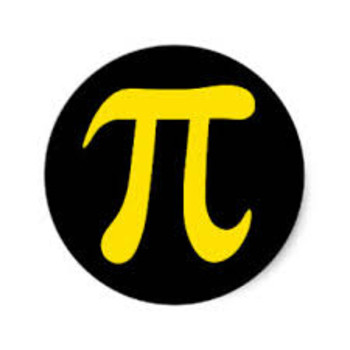How do you know whether a relation is a function and what the domain and range is for #(1,-3), (6,-2), (9,-1), (1,3)#?
2 Answers
This relation is not a function.
The domain of this relation is
The range of this relation is
Explanation:
A relation is a function if no two ordered pair in the relation have the same first element and different second elements.
(That is; If two different pair have the same first element then the relation is not a function.)
In
the pairs
The domain if the set of all first elements.
So the domain of your relation is
The range is the set of second elements.
So the range of your relation is
Note
(Not all introductory level classes include domains and ranges for arbitrary relations. Some only mention domain and range for functions.)
The given points DO NOT represent a function.
Domain
Range
Explanation:
A relation is a function if, for EACH
As soon as there is a choice for
So
It does not matter than several
In the given ordered pairs, if
This is therefore NOT a function.
The Domain is the set of all the
The Range is the set of all the
For the given ordered pairs:
Domain
Range


